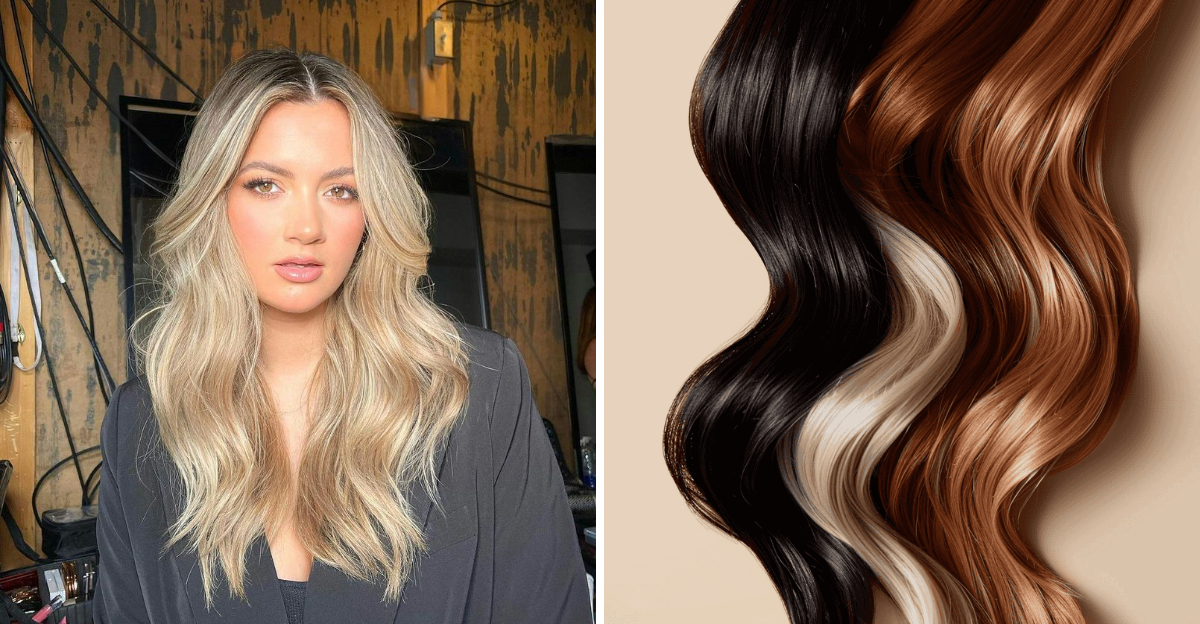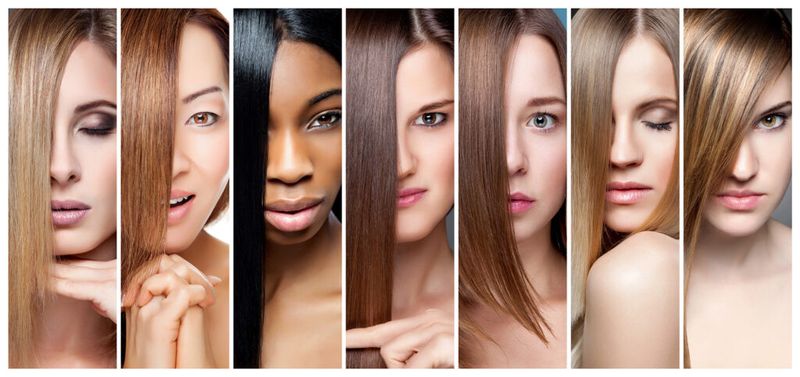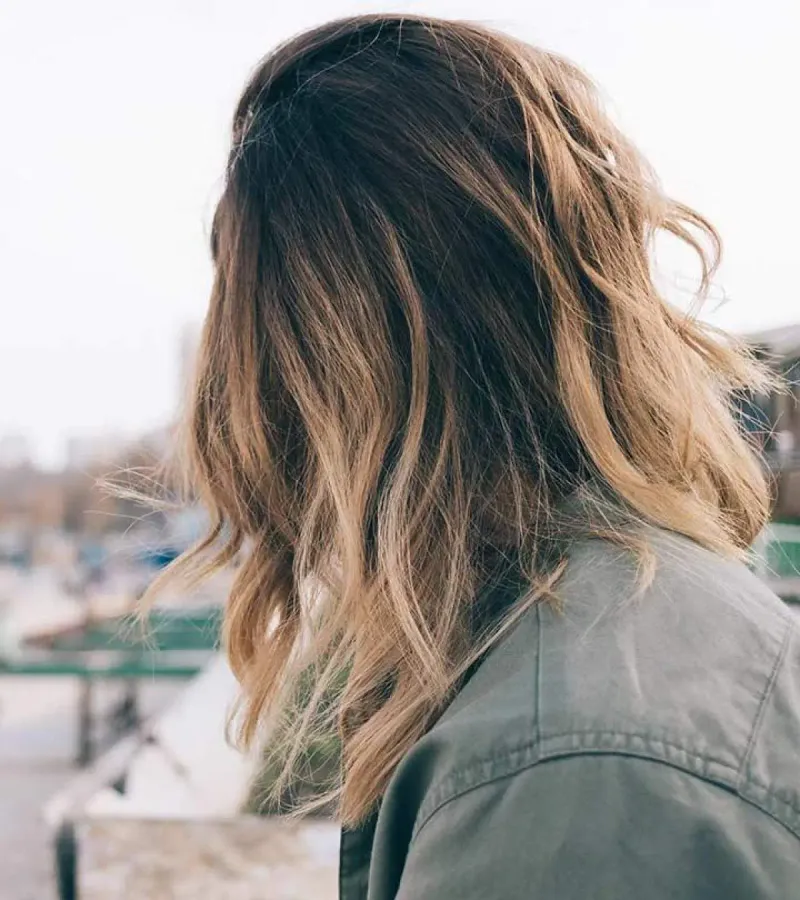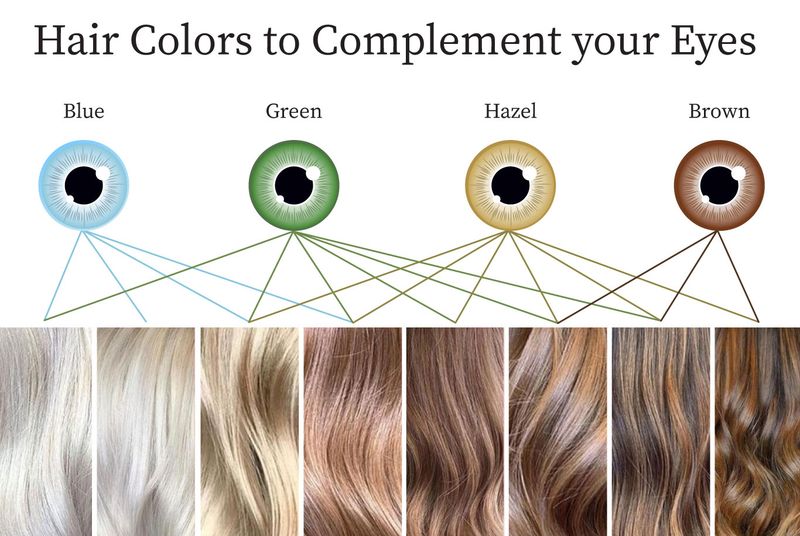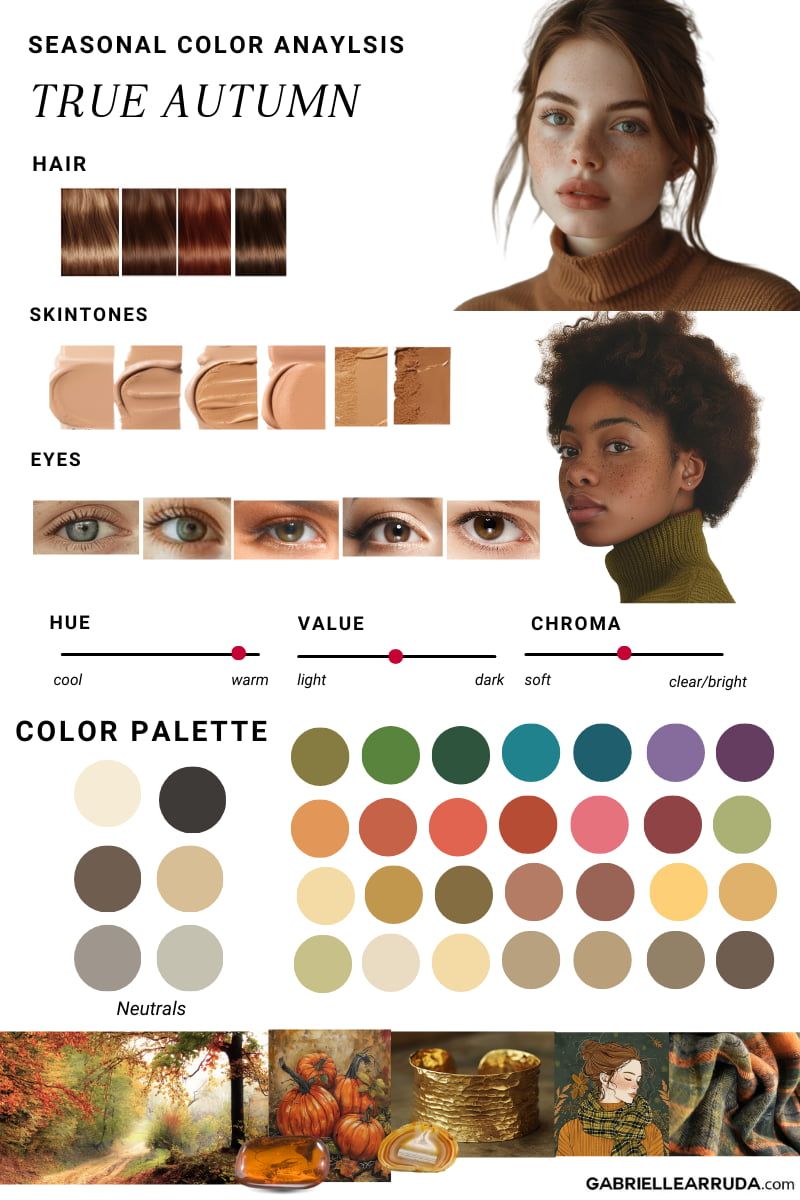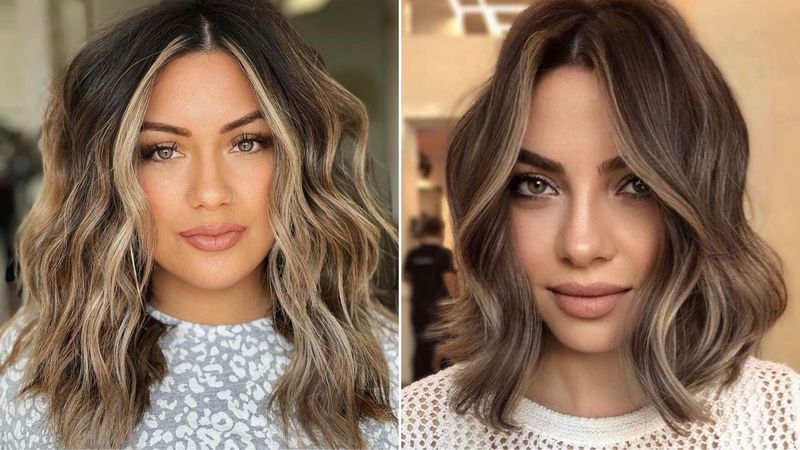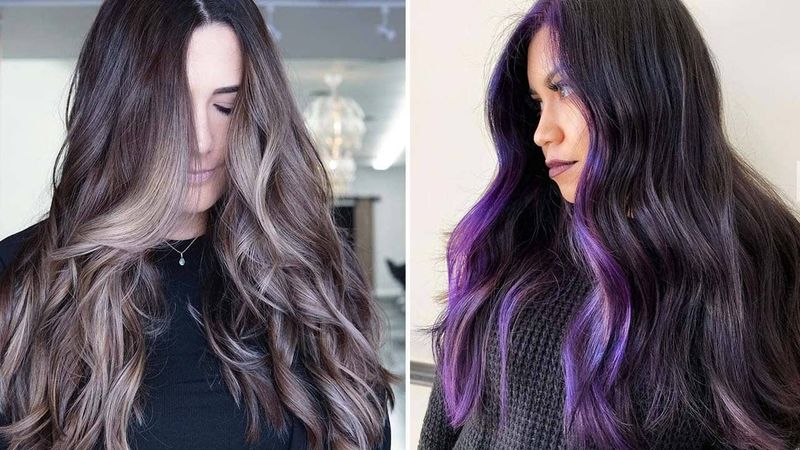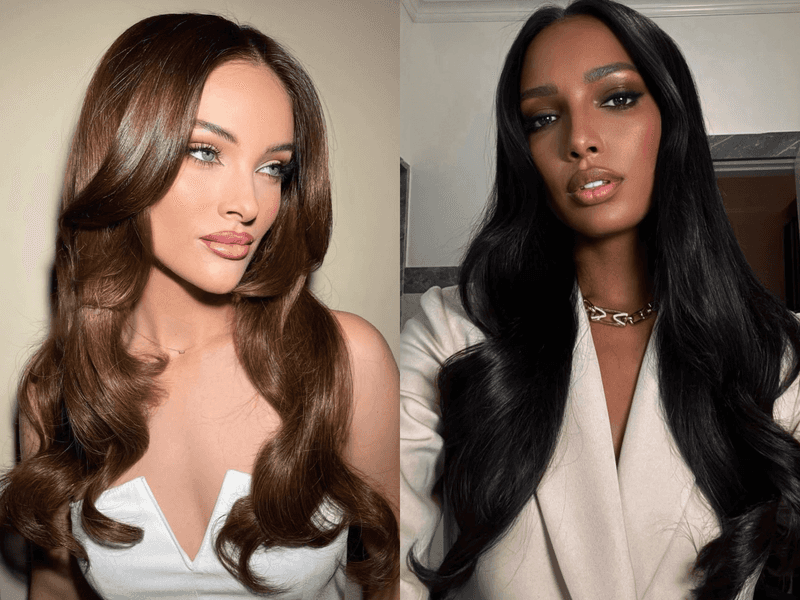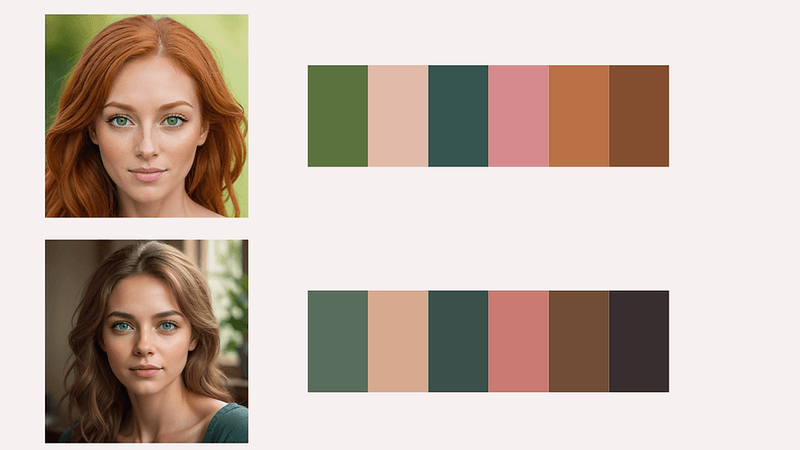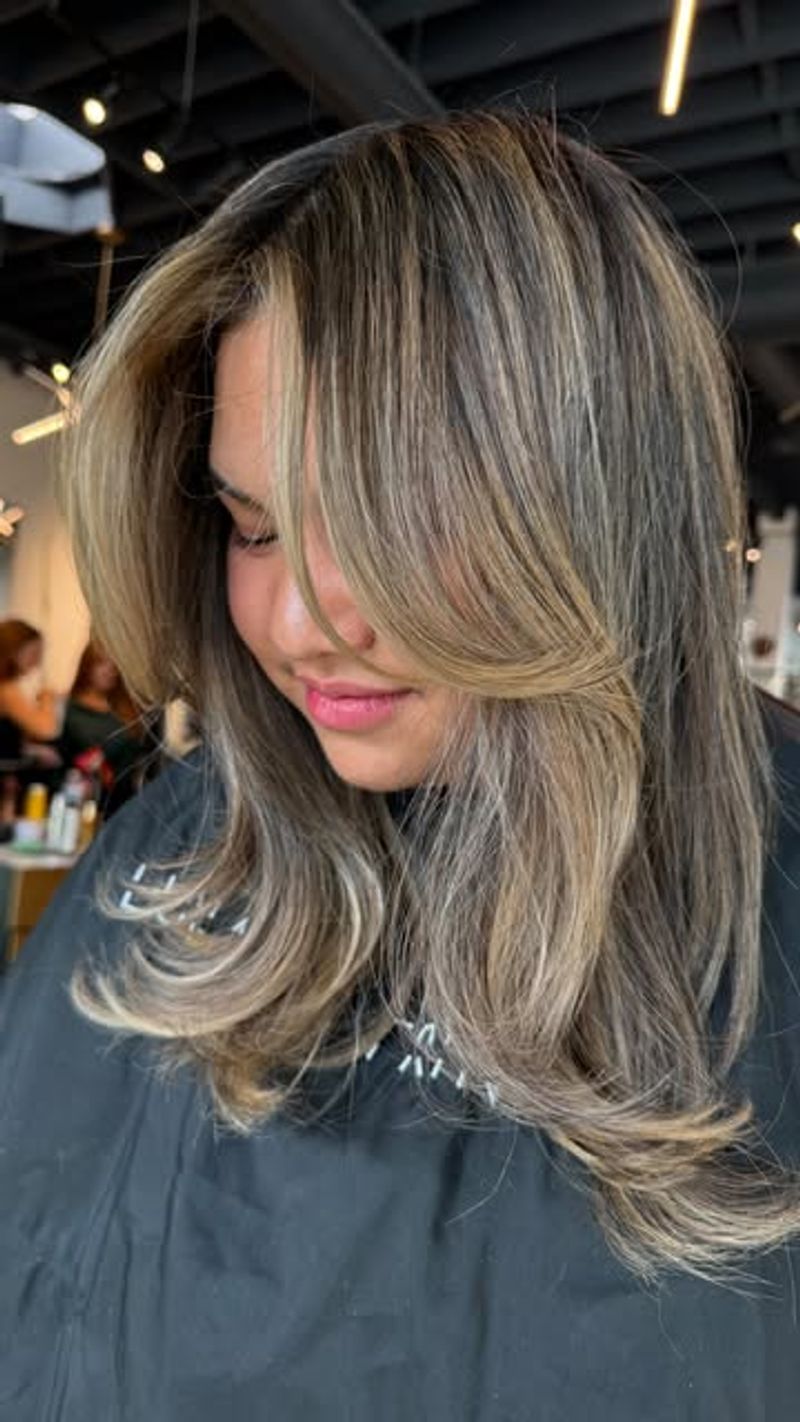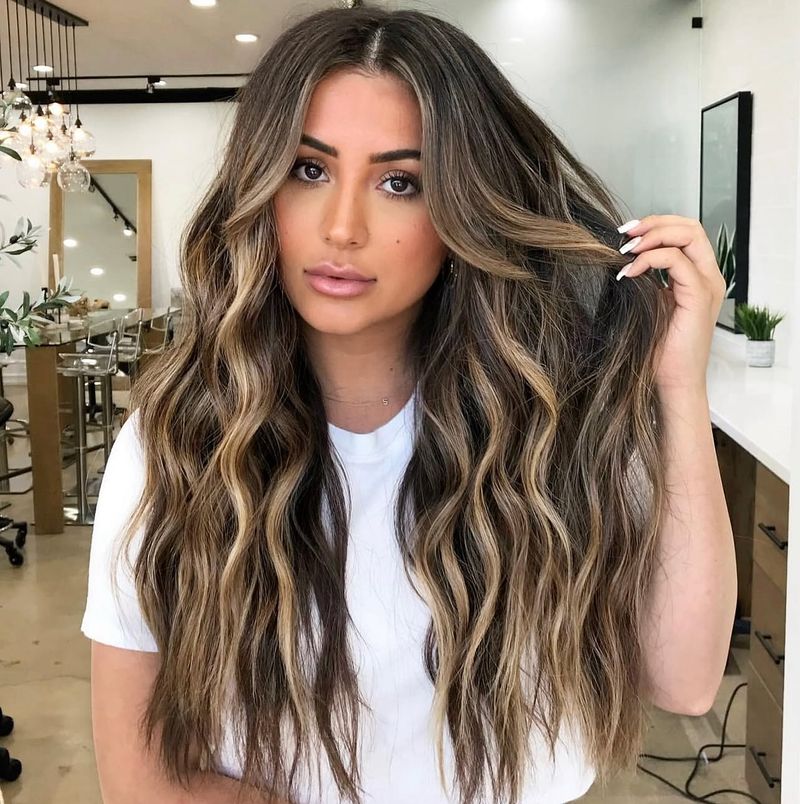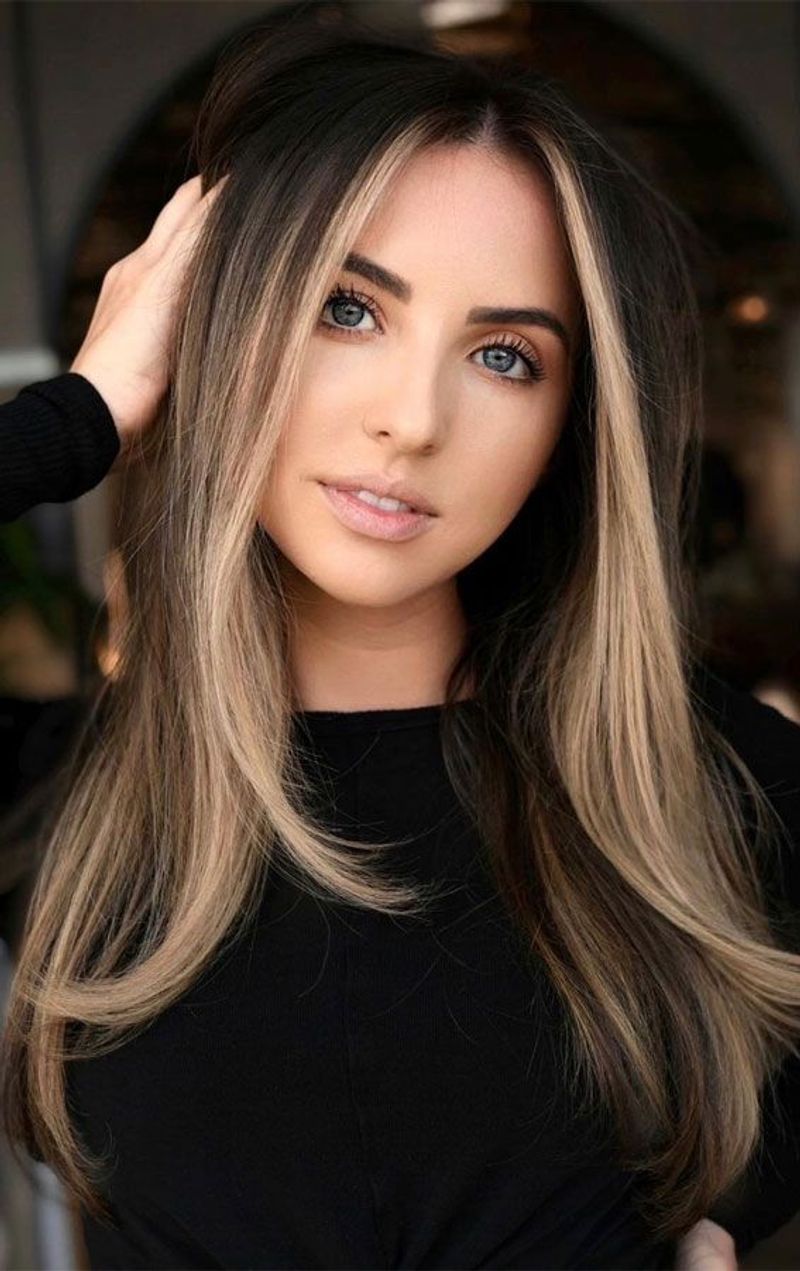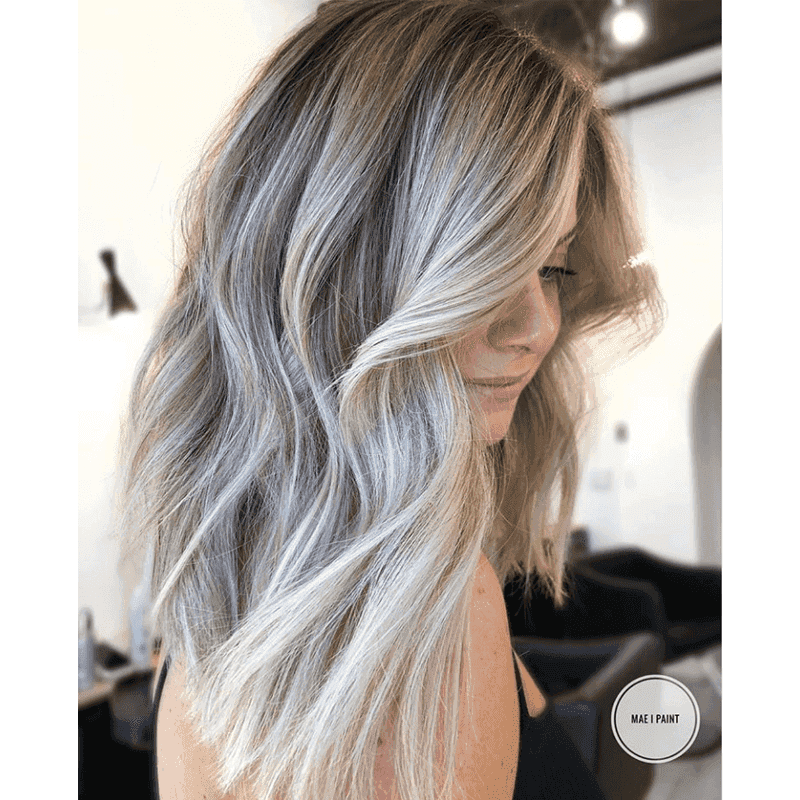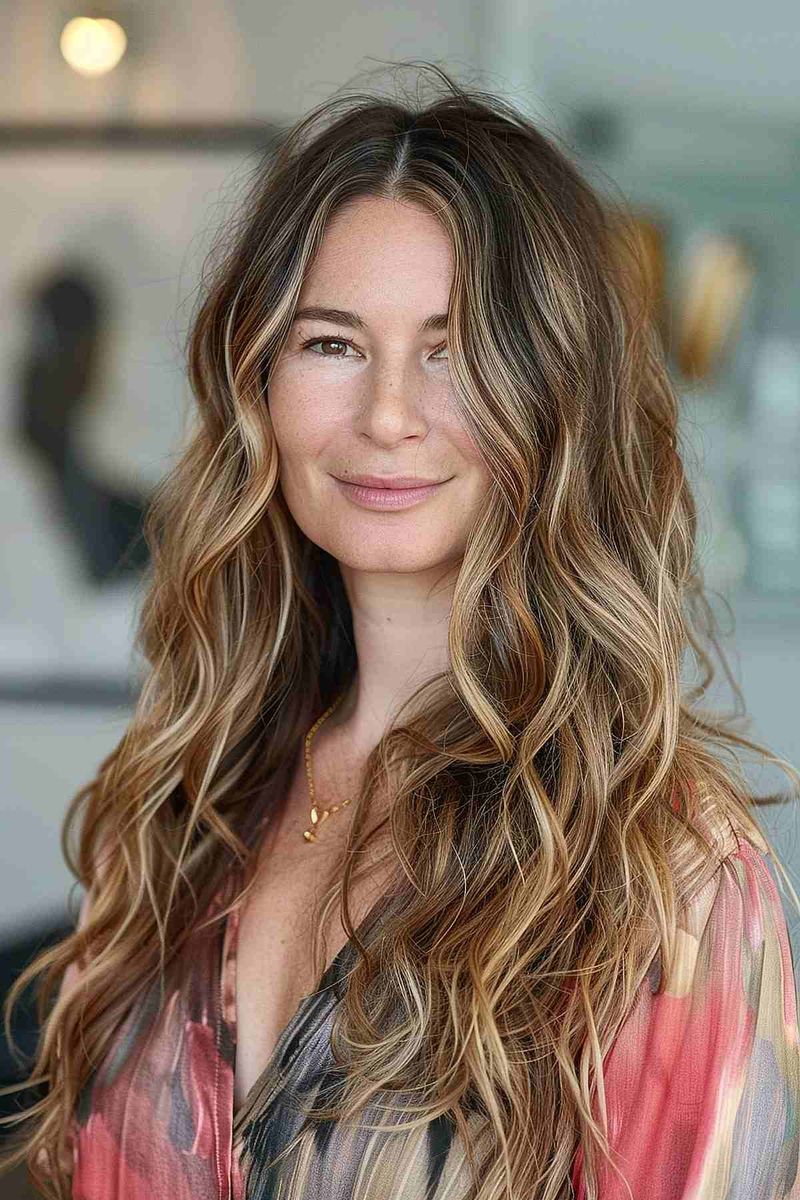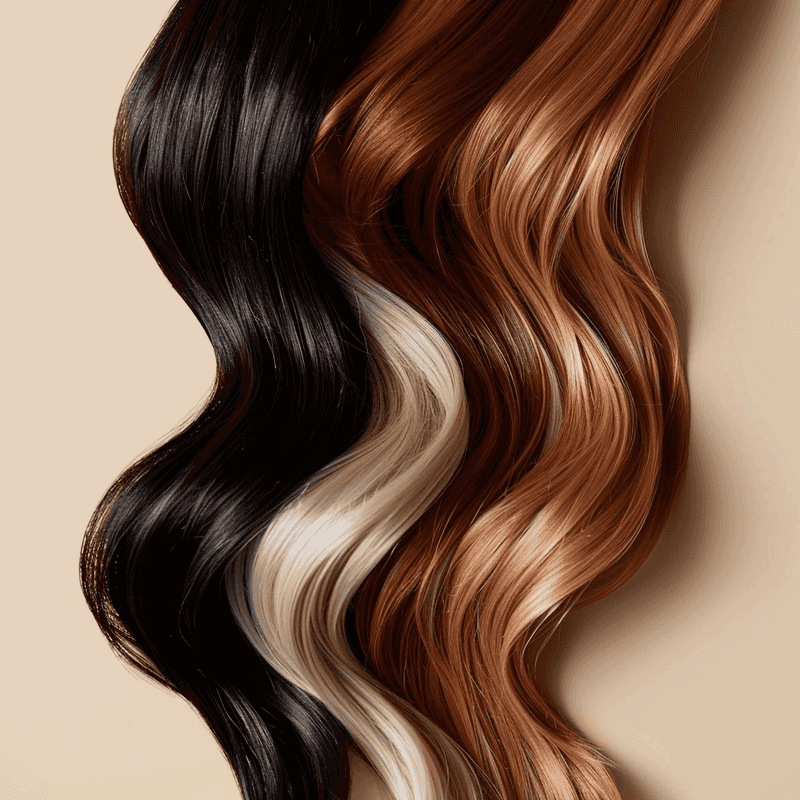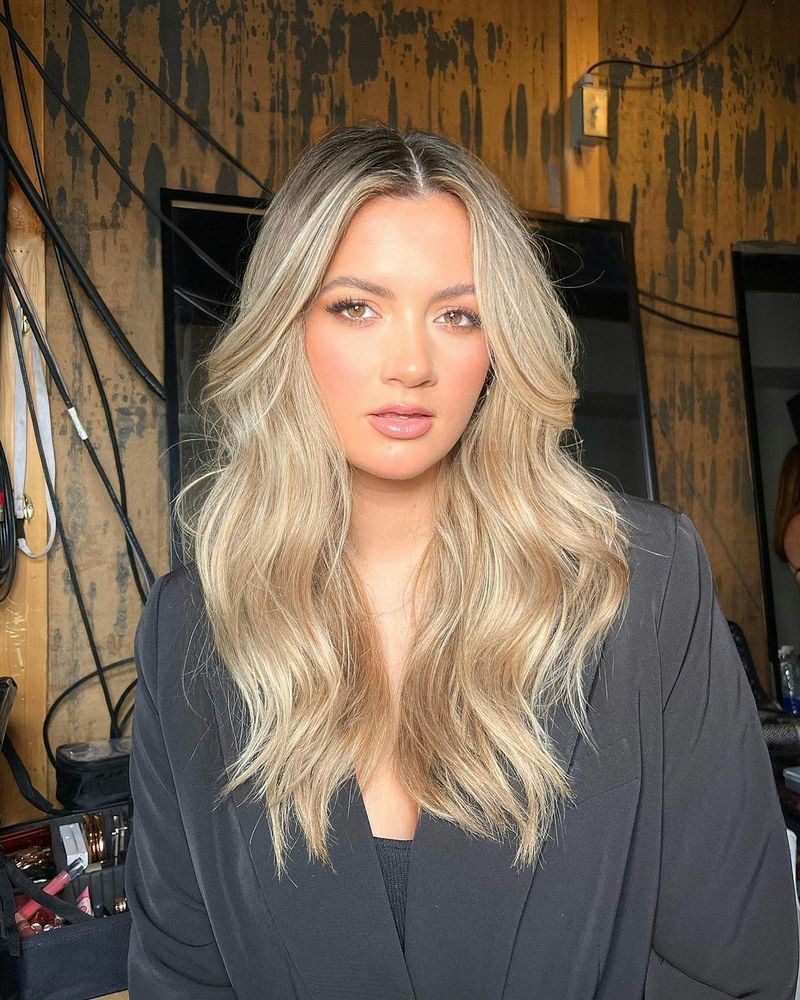Ever wondered why some hair colors make you glow while others fall flat? Color theory holds the secret! This artistic science explains how different colors interact with your natural features.
Understanding these principles can transform your hair color journey from guesswork to confidence.
1. Know Your Natural Undertones
Your skin’s undertone is the foundation for finding flattering hair colors. Look at your veins – blue means cool undertones, green suggests warm undertones, and a mix indicates neutral. This hidden feature guides your entire color palette.
Related: -15 Subtle Reasons People Stop Loving Their Hair as They Get Older
2. Contrast Creates Drama
High contrast between your skin and hair creates bold, striking looks. Fair skin pops with dark chocolate brown, while deep skin tones shine with platinum blonde. The greater the difference, the more dramatic your transformation!
3. Color Wheel Complementary Magic
Colors opposite each other on the color wheel create vibrant combinations. Blue eyes sparkle with copper hair, while brown eyes deepen with ash blonde shades. The complementary relationship makes both features pop beautifully.
4. Seasonal Color Analysis
Each person falls into a color season – Spring, Summer, Autumn, or Winter. Springs shine in warm golden tones, Summers in soft ashy hues, Autumns in rich coppers, and Winters in bold contrasts.
5. The Power of Analogous Colors
Hair colors that sit beside your eye color on the color wheel create harmony. Hazel-eyed folks glow with golden browns, while blue-eyed beauties shine with silvery blondes. This subtle connection feels naturally perfect.
6. Temperature Matching
Warm undertones flourish with golden, copper, and honey hues. Cool undertones shine with ash, platinum, and icy shades. Matching your hair’s temperature to your skin creates that coveted “meant to be” look.
7. Value Variations
Value refers to lightness or darkness. Lighter hair brightens mature faces, while darker shades add youthfulness to baby faces. Finding your perfect value creates balance between your features and desired effect.
8. Intensity and Saturation Secrets
Muted, soft colors harmonize with delicate features. Vibrant, saturated shades complement bold facial characteristics. Your hair’s color intensity should reflect your natural coloring’s strength for true balance.
9. Neutralizing Unwanted Tones
Purple cancels yellow, blue neutralizes orange, and green counteracts red. Understanding these color-correcting principles helps maintain your perfect shade between salon visits. These opposing forces keep your color fresh.
10. Balayage and Dimension
Multi-dimensional color creates natural depth through light and shadow principles. Strategically placed highlights mimic how sunlight naturally brightens hair. This technique adds movement and life to otherwise flat color.
11. Face-Framing Brightness
Lighter pieces around your face reflect light onto skin, creating a natural glow. This targeted brightening draws attention to your eyes and cheekbones. The strategic placement works like built-in lighting for your features.
12. Root Shadowing Strategy
Darker roots create the illusion of fuller hair through shadow contrast. This technique adds depth while making ends appear thicker. Root shadowing also extends time between touch-ups for low-maintenance color.
13. Age-Appropriate Adjustments
Hair color should evolve as you age. Harsh black often ages mature skin, while softer tones create youthfulness. Gradually lightening your base shade by 1-2 levels every decade maintains natural-looking harmony.
14. Color Correction Understanding
Going from dark to light requires passing through underlying pigments – black to red to orange to yellow. Understanding this color journey prevents unexpected results. This knowledge helps set realistic expectations for major changes.
15. Maintenance Consideration
Lower contrast between your natural base and chosen color means less noticeable regrowth. Working with your natural level creates sustainable, beautiful results. This approach saves time and money while looking consistently good.

